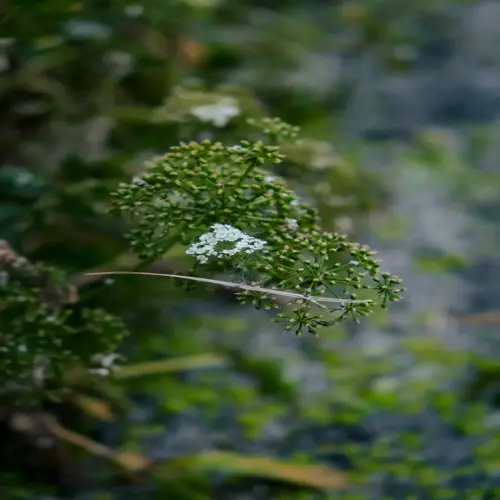What is the trick to growing rosemary successfully?

Written by
Michael Sullivan
Reviewed by
Prof. Charles Hartman, Ph.D.To succeed at growing rosemary, you have to reproduce Mediterranean conditions. Rosemary is a sun-worshipper, requiring 6 hours of direct sunlight per day and arid soil. Reject overwatering; rosemary does better with neglect once established. Protect plants from freeze < 15°F (-9C).
I learned this the hard way first with waterlogged plants. Through the weeks, their roots rotted. I now marry thirty percent coarse sand into planting beds. This gives the rosemary, which evolved with its fast drainage, found in coastal climates. Sandy soil did not maintain soggy roots.
Sunlight Needs
- Provide six to eight hours of direct sunlight daily
- Morning sun exposure boosts essential oil production
- Supplement with grow lights in winter months
Soil Composition
- Mix native soil with 30% coarse sand or perlite
- Top dress with 2-3 inches of compost annually
- Maintain pH between 6.0-7.0 for nutrient uptake
Water Management
- Water deeply only when top two inches feel dry
- Established plants survive three weeks without water
- Use terracotta pots that wick away excess moisture
Select varieties suitable for your climate. Arp rosemary is more cold-hardy than many varieties. Protect plants in winter with simple measures. Cover with straw mulch to a depth of three inches, store pots in a sheltered area when frost is threatening.
Correct harvesting preserves plant health. Cut only soft green stems not woody bases. Take no more than one-third of the entire growth in one harvest. To obtain the essential oils, cut the herb in the morning. Proper harvesting technique gives a continuous harvest over the years.
Read the full article: 7 Essential Steps: How to Grow Rosemary Perfectly

